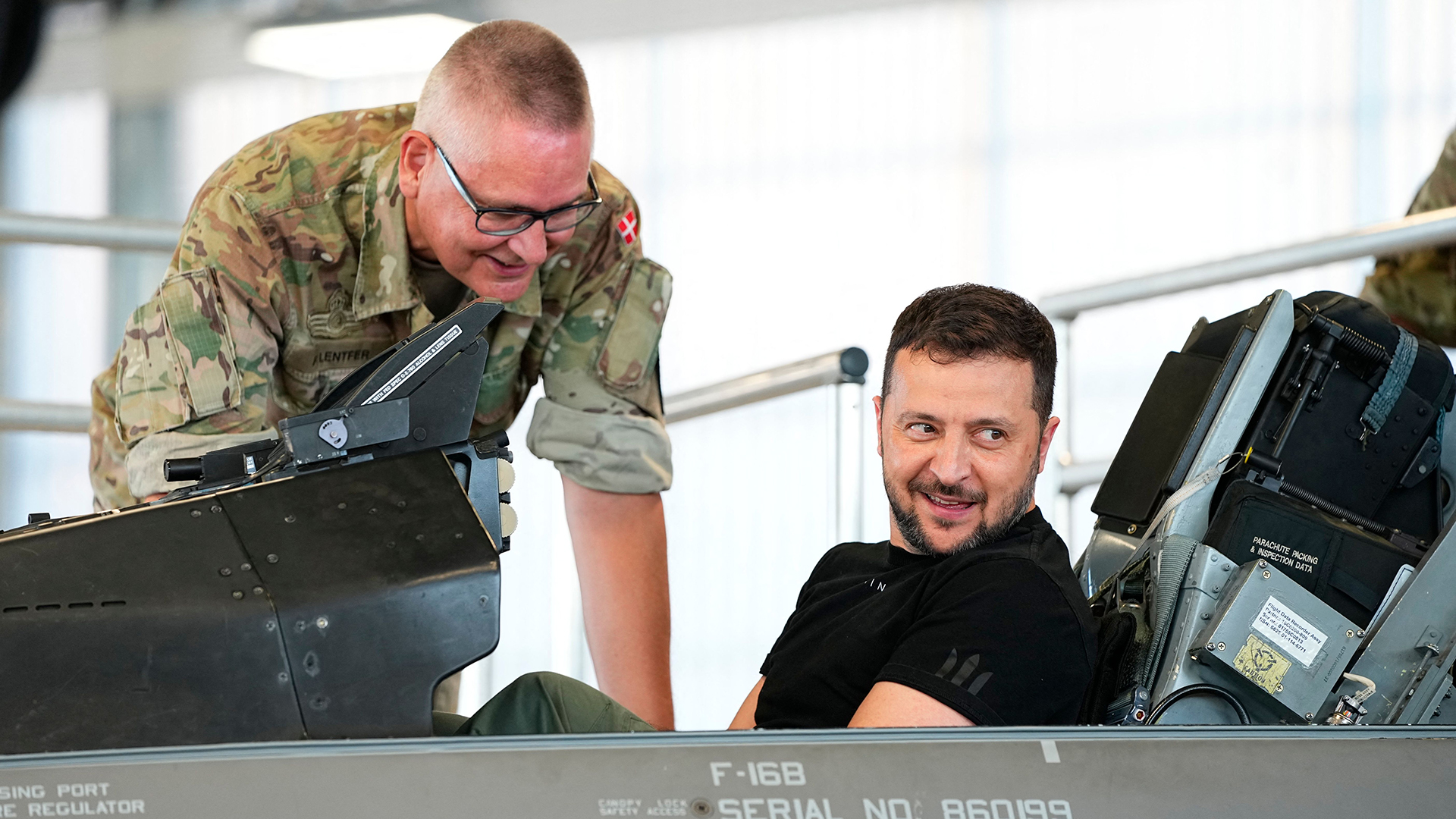Ukrainian President Volodymyr Zelensky’s long-standing desire for F-16 Vipers took a big step closer to becoming a reality Sunday, as the Netherlands and Denmark committed to providing the fourth-generation fighters, the first such concrete promise.
Zelensky said he and Dutch Prime Minster Mark Rutte agreed Sunday that 42 F-16s will be “transferred to Ukraine once our pilots and engineers have completed their training.” Denmark also announced they will provide 19 F-16s to Ukraine.
Rutte did not offer any specific numbers.
“At this moment, the Netherlands still owns 42 F-16s,” he said, according to CNN. “Out of these 42, we need planes to help training in Denmark and later on in Romania,” Rutte said. He added that the Netherlands would look into whether all of the remaining planes could be supplied but stated that he could not yet give a definitive number.
But while Rutte didn’t commit to a specific figure, the 42 number could also mean the Netherlands would be furnishing 23, for a total of 42 between the Netherlands and Denmark. Although, based on the 42 figure being discussed in regards to just the Netherlands, the total could be 61 between both countries. You can read our analysis of all the sources and inventories of F-16s that could potentially supply Ukraine here.
“It makes me proud that Denmark, together with the Netherlands, will donate F-16 fighter jets to Ukraine’s fight for freedom against Russia and their senseless aggression,” said Defense Minister Jakob Ellemann-Jensen. “Denmark’s support for Ukraine is unwavering, and with the donation of F-16 aircraft, Denmark is now leading the way.”
“In May the Netherlands announced that it would train Ukrainian military personnel for the deployment of F-16 aircraft,” Rutte said. “Today we can announce that the Netherlands and Denmark commit to transfer those F-16s to Ukraine as soon as the necessary conditions have been met. We are working in close cooperation with the U.S. and our other international partners. This is a next step in our support for Ukraine.”
There were no hard timelines offered on when the jets will be delivered or become operational.
Repeating frequently expressed sentiments about when F-16s might actually be flying over the skies of Ukraine, Rutte said that it’s not something that will happen in the near future.
“The F-16s will not help immediately now with the war effort. It is anyway a long-term commitment from the Netherlands,” the Dutch leader said. “We want them to be active and operational as soon as possible. … Not for the next month, that’s impossible, but hopefully soon afterward.”
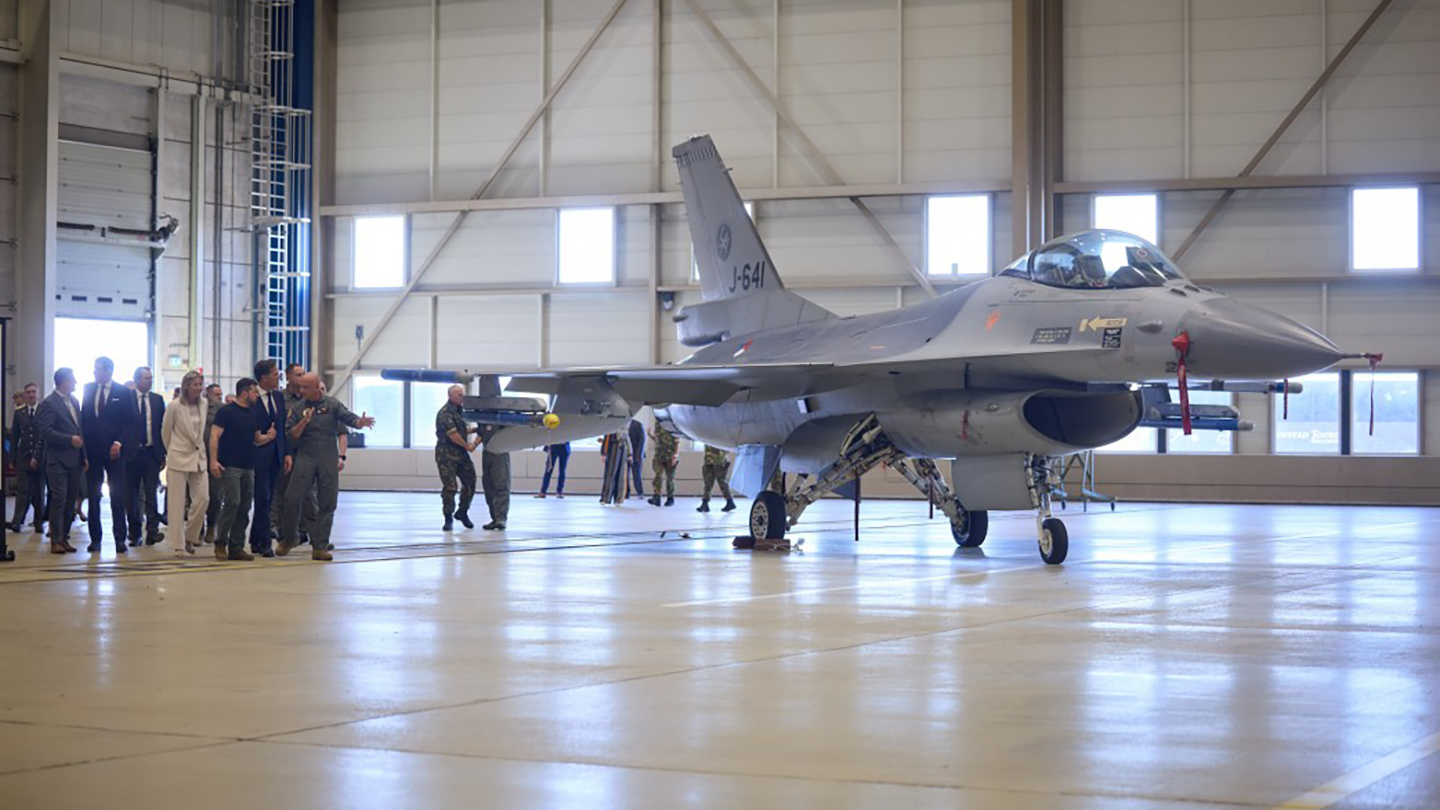
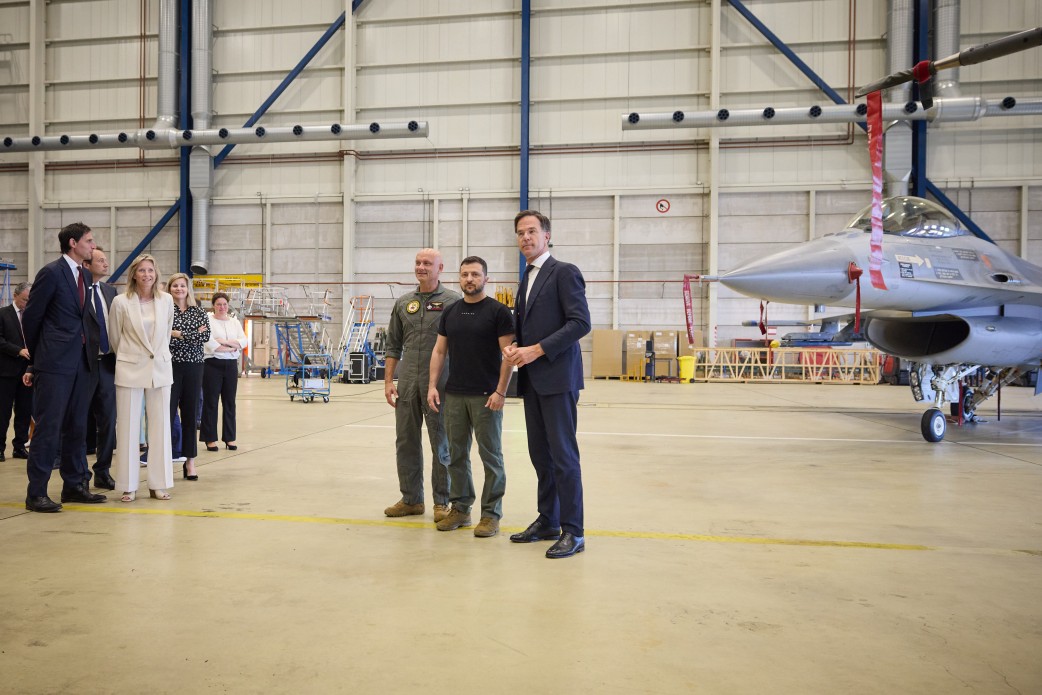

Sunday’s announcement by Zelensky and Rutte comes just days after the White House approved the fast-tracking of foreign F-16 Viper deliveries to Ukraine. It also follows statements made Saturday by Ukrainian Defense Minister Oleksii Reznikov that training for an initial cadre of F-16 pilots, engineers and technicians was already underway and would take at least six months.
“Training on F-16s has already begun,” Reznikov said, according to Ukrainian Pravda.
Reznikov added that the instructors will gauge the learning curve of those Ukrainians to better assess when the jets should be delivered.
“This period of training will be spent on continuing the project so as to understand when we will receive the aircrafts – and, most importantly, how many,” Reznikov said.
As we have reported in the past, there are several challenges to ensuring Ukrainian pilots are not just able to fly the fourth-generation fighters, but to be able to do so in combat and in sufficient numbers.
Concerns about Ukrainian pilot language skills and how long it will really take them to be highly combat capable as opposed to having merely the basic skills to operate the Vipers on basic missions are questions we addressed back in May, which you can read about here.
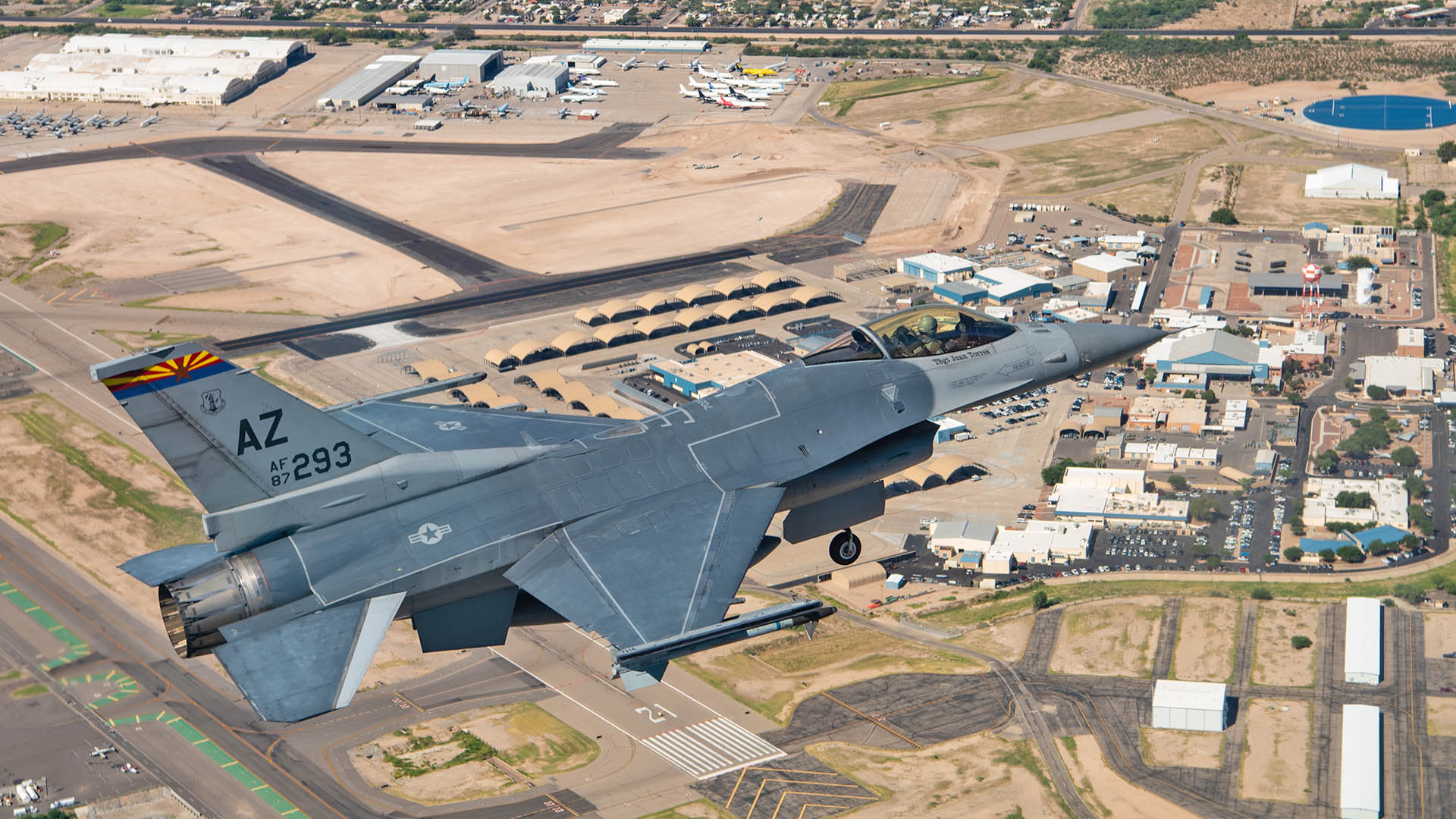
Back in February, we wrote about what it would take to ready Ukrainian F-16 pilots for the kinds of missions they could be confronted with over the battlefield in Ukraine.
On Friday, the general in charge of U.S. and NATO air operations said F-16s are a far better option than Ukraine’s current fleet of mostly Soviet-designed Su-27 Flankers and MiG-29 Fulcrums. But they won’t fly for Ukraine until next year at the earliest and that it won’t be until about 2027 before its pilots reach full combat proficiency in sufficient scale. U.S. Air Force Gen. James Hecker, head of U.S. Air Forces in Europe (USAFE), as well as NATO’s Allied Air Command and U.S. Air Forces Africa (AFAFRICA) made the comments to reporters on Friday during a Defense Writers Group virtual briefing.
He said training was already underway in the U.K. for young Ukrainian pilots with limited experience. But it will take a while to turn them into combat pilots.
“You can get proficient on some weapons systems fairly quickly,” Hecker said. “It takes a while to build a couple of squadrons of F-16s and to get their readiness high enough and their proficiency high enough. This could be four or five years down the road.”
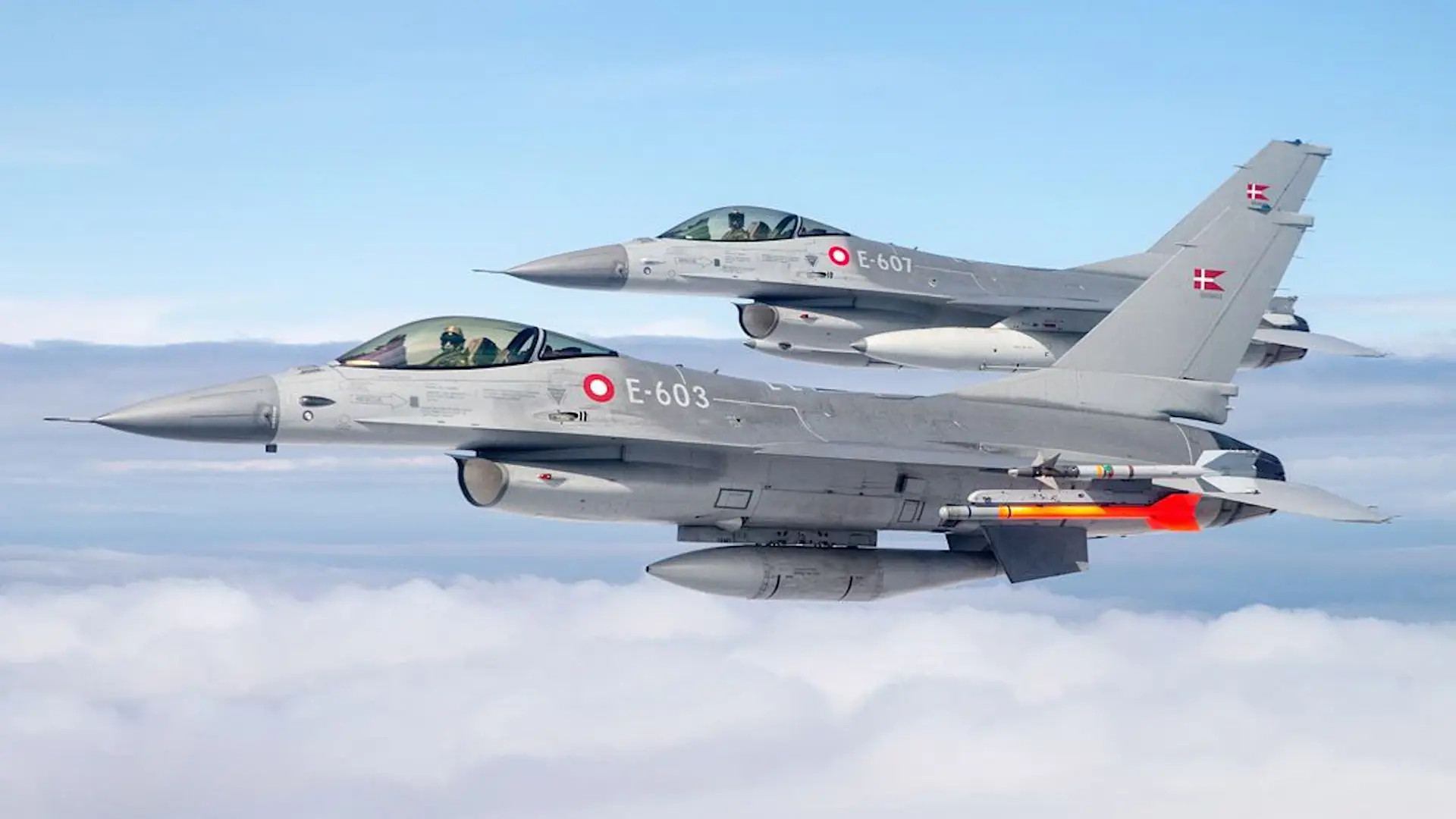
You can read more about Hecker’s assessment of the training timeline for Ukrainian F-16 pilots and what roles the aircraft could play on the battlefield in our story here.
Pilot training is just one aspect of all this. Maintaining decades-old 4th generation western fighters in what is still a war zone represents an entirely different set of problems to overcome. As noted, maintainers need to be trained and reach high proficiency, which could take years to fully realize. The infrastructure needed to sustain the aircraft is also extensive and the fact that Russia will target it at all costs complicates things even further. Using contractors in-country to assist in all this will have significant risks. Still, these problems can be overcome and Ukraine has proven very resourceful in all of these regards.
On Saturday, Lieutenant General Mykola Oleshchuk, commander of Ukraine’s Air Force, said that Ukraine is currently preparing its runways [for F-16 jets].
“We are making the necessary alterations, improving the surface, improving our airfields’ infrastructure, and building new defense facilities,” he said, according to Ukrainian Pravda. “So I think we will be able to bring these aircraft to Ukraine as soon as we acquire them.”
Sunday’s announcement, while a big leap forward for Ukraine, won’t have any effect on the ongoing counteroffensive, which is making slow progress. Given the timeframes involved at this point, there is no way of knowing what the conditions Ukraine’s trained F-16 pilots will see when they are finally ready to take their prized mounts into combat.
Contact the author: howard@thewarzone.com
